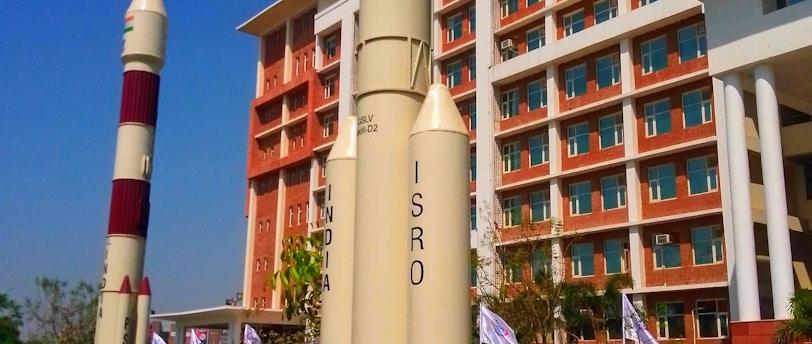ISRO Aditya L1 Mission: India's Maiden Solar Probe Successfully Positioned at Lagrange Point 1
ISRO Aditya L1 Mission
SPACE TECHNOLOGY


The India Space Research Organisation (ISRO) achieved a significant milestone on Saturday with the successful halo orbit insertion of Aditya-L1, the country's first solar probe. By firing the motors, ISRO was able to position the spacecraft at its designated location, Lagrange Point 1, in space.
The Aditya-L1 mission marks a significant step for India's space exploration program. The spacecraft is designed to study the Sun's corona, solar emissions, and other solar phenomena. By observing the Sun from a vantage point in space, Aditya-L1 will provide valuable insights into the behavior of our closest star and its impact on Earth.
The halo orbit insertion maneuver involved precisely firing the spacecraft's motors to achieve a specific trajectory. This trajectory allows Aditya-L1 to maintain a stable position relative to the Earth and the Sun. Lagrange Point 1, also known as L1, is located approximately 1.5 million kilometers from Earth in the direction of the Sun. It is an ideal location for studying the Sun as it provides a constant view of our star without any interference from Earth's atmosphere.
Once Aditya-L1 reaches its final destination, it will begin its scientific observations. The spacecraft is equipped with a suite of instruments that will capture high-resolution images of the Sun's corona, measure solar emissions, and analyze the solar wind. These observations will help scientists better understand the Sun's magnetic field, solar flares, and other phenomena that can impact space weather and Earth's climate.
The Aditya-L1 mission is a testament to India's growing capabilities in space exploration. ISRO has been at the forefront of several successful space missions, including the Chandrayaan-2 lunar mission and the Mars Orbiter Mission. With Aditya-L1, India joins a select group of nations that have the ability to study the Sun from space.
The data gathered by Aditya-L1 will not only contribute to our understanding of the Sun but also have practical applications. Solar storms and flares can disrupt satellite communications, power grids, and other technological systems on Earth. By studying these phenomena, scientists can develop better forecasting models and mitigation strategies to protect critical infrastructure.
Furthermore, the Aditya-L1 mission will also enhance international collaboration in space research. ISRO has already signed agreements with international space agencies, including NASA, to share data and collaborate on solar research. This exchange of knowledge and resources will benefit scientific progress and foster cooperation among nations.
In conclusion, the successful halo orbit insertion of Aditya-L1 is a significant achievement for ISRO and India's space exploration program. The mission will provide valuable insights into the Sun's behavior and its impact on Earth. It also showcases India's growing capabilities in space research and highlights the importance of international collaboration in advancing scientific knowledge.
